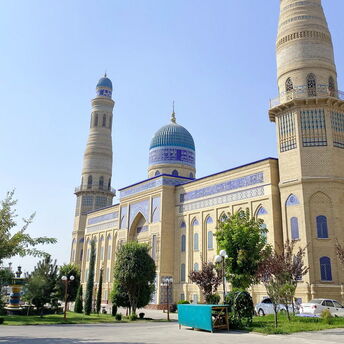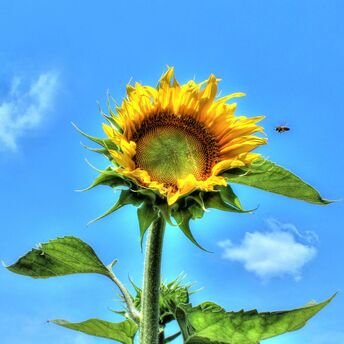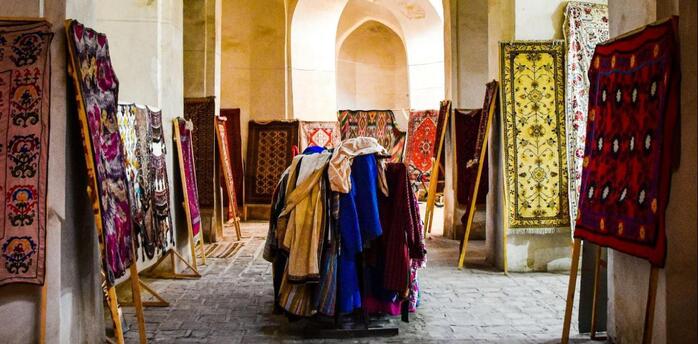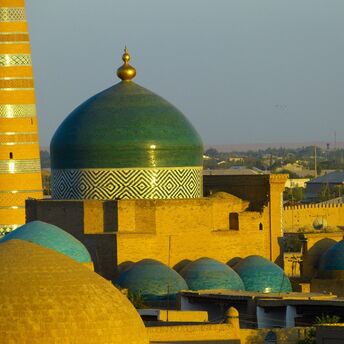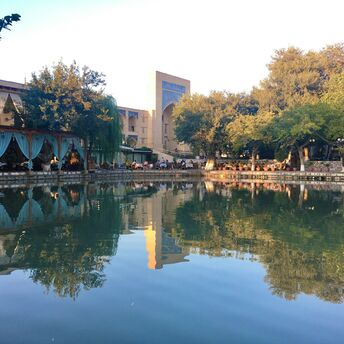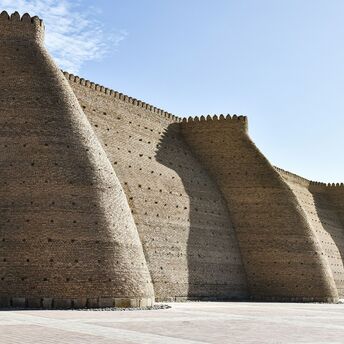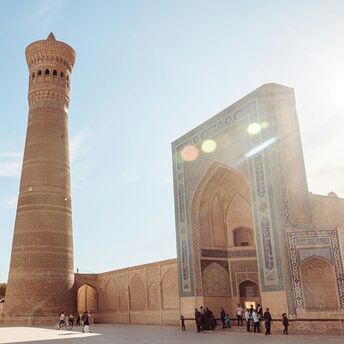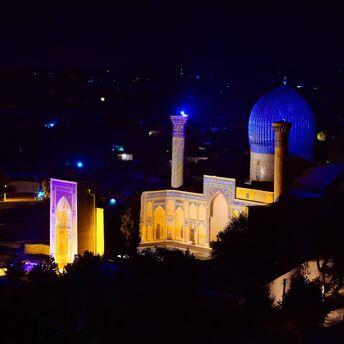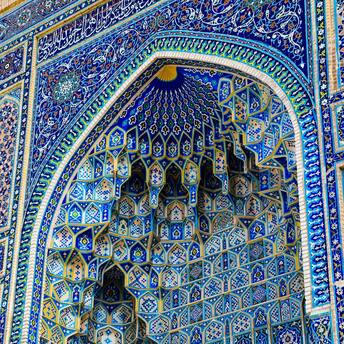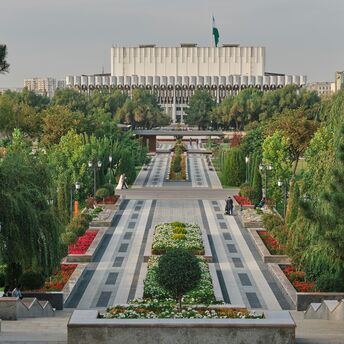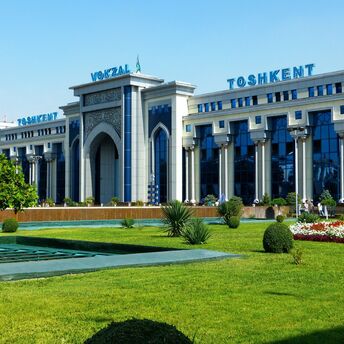Itchan Kala: A Historic Trade Center

Itchan Kala, the ancient walled city of Khiva, is surrounded by towering fortifications that evoke a sense of time standing still. Within these walls lie numerous architectural monuments, including mosques, madrasahs, minarets, and palaces. However, one of the most enticing parts of Itchan Kala for visitors is the bazaar, which remains the vibrant heart of the city's life.
The bazaar in Khiva was a key point on the caravan routes that connected Central Asia with Persia, China, and Russia. Traders brought goods from all over the world — spices, textiles, carpets, jewelry, and works of art. Today, this market still holds its historical significance, offering visitors the chance to purchase traditional Uzbek handmade crafts.
The Atmosphere of an Eastern Bazaar
Visiting the Khiva bazaar is more than just an opportunity to buy souvenirs; it’s a cultural journey. Here, you can find artisanal products created by local craftsmen: traditional carpets, intricately painted ceramics, hand-embroidered cotton fabrics, and the famous Uzbek skullcaps (tubeteika). Traditional papakhas (fur hats), painted plates, leather and wooden goods, as well as jewelry, offer a deep dive into the handicraft traditions of Uzbekistan.
The market stalls are set against the backdrop of architectural monuments such as the Kalta Minor Minaret — a short yet striking tower famous for its vibrant tilework. Although the minaret was never completed, its height and colorful design make it one of the most photographed landmarks in Khiva.
A Living Legacy
This bazaar is where the past and present intersect. The bustling market stalls, active craftsmen, and friendly vendors create an atmosphere that harkens back to Khiva's significant role in trade along the Silk Road. For travelers, this is a unique chance to experience the spirit of Eastern commerce and take home not just souvenirs, but a piece of history itself.
